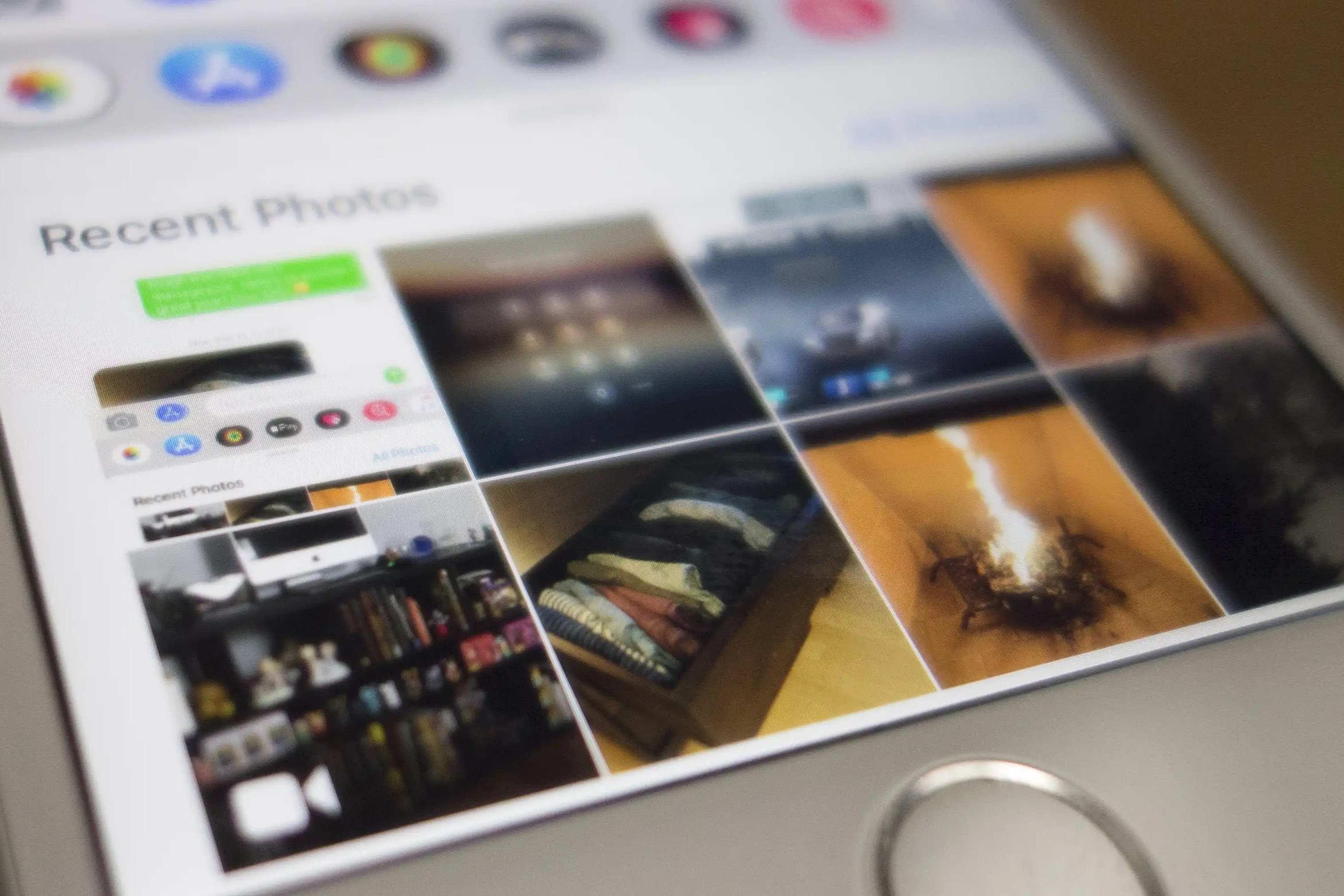
Introduction
In today's digital age, video sharing has become an essential part of our daily communication. Whether you're sending a funny clip to a friend, sharing a memorable moment with family, or documenting your travels, clear and high-quality videos are crucial. However, many Android users have encountered the frustrating issue of blurry videos when sending them to other devices, particularly iPhones. This guide aims to address this problem by providing a comprehensive how-to on sending clear Android videos.
Understanding the Problem
When you send videos from an Android phone to an iPhone, they often look blurry. This happens because the way videos are sent can mess with their quality. Here are some key factors that contribute to this issue:
- Compression: Videos sent through messaging apps like Messenger are often compressed to save data. This compression can significantly reduce the video quality, making it fuzzy and blurry.
- Resolution: If the video is recorded in a low resolution, it will naturally appear less clear when viewed on a higher-resolution device like an iPhone.
- App Settings: Some messaging apps have settings that can affect video quality. If these settings are not optimized for high-quality video transmission, the video may appear blurry.
- Internet Connection: A weak internet connection can also cause poor video quality when streaming or sending videos online.
Setting Up for Better Video Quality
To ensure that your Android videos are clear and sharp, you need to set up your device properly. Here’s a step-by-step guide:
Enable Developer Options
- Open Settings on your Android device.
- Scroll down and tap "About Phone."
- Find and tap "Build Number" seven times to enable Developer Options.
- Go back to Settings and tap "System."
- Tap "Developer Options."
Disable HW Overlays
- In the Developer Options menu, scroll down to the "Media" section.
- Enable "Disable HW overlays."
Adjust Screen Resolution
- Go back to Settings and tap "Display."
- Tap "Advanced" and select "Screen Resolution."
- Choose the highest resolution available on your device.
Optimize Camera Settings
- Open your Camera app.
- Go to Settings within the Camera app.
- Set Video Quality to the highest setting available.
- Record a video and check for improvements.
Tips for Clearer Android Videos
Use Wi-Fi
Sending videos over Wi-Fi can help keep the quality high because it provides a more stable internet connection compared to mobile data.
Send as a File Attachment
Instead of sending videos directly through messaging apps, send them as file attachments. This keeps the original quality of the video intact.
Use Cloud Services
Upload videos to cloud services like Google Drive or Dropbox and share the link. This way, the video stays clear and can be accessed from any device with an internet connection.
Check App Settings
Some messaging apps have settings to adjust video quality. Make sure these settings are set to high quality before sending your videos.
Record in High Resolution
Always record videos in the highest resolution your phone allows. This gives you a better starting point for clear video quality.
Update Apps
Make sure your messaging apps are up-to-date with the latest software versions. Updates often improve video quality and fix bugs that could affect transmission.
Avoid Zooming
Zooming in while recording can make videos blurry because it reduces the resolution of the captured footage. Instead, move closer to your subject if necessary.
Clean Your Lens
A dirty lens can make videos look fuzzy due to reflections and smudges on the camera lens. Wipe it clean gently with a microfiber cloth before recording.
Fixing Common Video Quality Problems
Low Resolution
Blurry videos often result from low resolution. Check the video settings and ensure high quality is selected before recording.
Weak Internet Connection
If streaming or sending videos online, a weak internet connection might cause poor quality. Switch to Wi-Fi or move to an area with better signal strength.
App Issues
Sometimes, the app itself may have issues that affect video quality. Update the app or reinstall it if necessary.
Dirty Screen
Your phone's screen might be dirty, which can also affect video quality by causing reflections or smudges during recording or playback.
Privacy and Security in Video Sharing
When sharing videos, consider privacy and security:
- Encryption: User data is often encrypted to protect against unauthorized access.
- Software Updates: Always update your device to the latest software version to patch any security vulnerabilities.
- Two-Factor Authentication: Enable two-factor authentication for an extra layer of protection.
- Permissions: Be cautious about granting permissions to apps; only allow access to what is necessary.
- Regular Review: Regularly review privacy settings and adjust them to your comfort level.
- Public Wi-Fi: Avoid using public Wi-Fi for sensitive activities as it can be a hotspot for hackers.
- VPN: Consider using a VPN to mask your online activities.
- Log Out: Always log out of accounts when not in use to prevent unauthorized access.
- Backup Data: Backup your data regularly to avoid loss in case of a breach.
By understanding the factors that contribute to blurry videos and taking proactive steps to address them, you can significantly improve the quality of your Android videos. Whether you're sending them directly through messaging apps or using cloud services, these tips will help you achieve crystal-clear video sharing every time.
